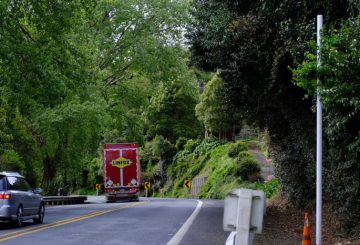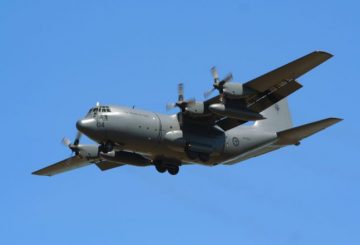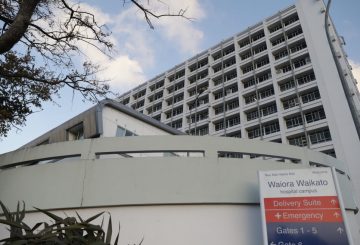일부 웰링턴 기업들은 아마존의 주도에 따라 정부에 근로자들의 재택근무를 중단할 것을 요청하고 있습니다.그들은 이것이 경제 개선에 도움이 될 수 있다고 믿고 있는데, 이는 최근 키위뱅크 (Kiwibank) 보고서에서 “냉담한” 것으로 묘사되었습니다.
웰링턴에서는 노동력의 거의 4분의 1이 공무원으로 구성되어 있으며, 나머지 16% 는 지방 정부 및 교육 분야에서 일하고 있습니다.기업들은 공무원들이 사무실로 돌아와 유동자 수를 늘리고 어려움을 겪고 있는 기업을 돕기를 원합니다.
현지 식당에 농산물을 판매하는 산제이 다얄은 도시가 너무 조용하다고 느낍니다.그는 쿠바 스트리트가 예전에 얼마나 분주했는지를 떠올리며 자신의 가게를 좀 더 번화한 지역으로 옮길 계획을 세우고 있습니다.그는 기업이 도심에서 도보 통행량에 대해 더 높은 임대료를 지불하는데, 원격 근무로 인해 크게 줄어들었다고 지적합니다.
Dayal은 공무원들이 사무실로 돌아오면 도시가 다시 살아날 것이라고 믿습니다.그는 텅 빈 거리와 지역 상권의 쇠퇴 사이의 연관성을 보고 있습니다.피델스 카페 (Fidel’s Cafe) 의 소유주인 로저 영 (Roger Young) 도 자신의 레스토랑이 최근 25년 만에 가장 느린 한 주를 보냈다는 점을 지적하며 이에 동의합니다.그는 정부가 노동자들이 도시의 분위기를 살리기 위해 돌아오도록 장려하기를 원한다.
Young은 재택 근무는 고립감을 유발할 수 있기 때문에 오피스로 돌아가면 생산성과 정신 건강이 향상될 것이라고 덧붙입니다.Caffeinated Dragons의 소유주인 라이스 칸 (Rhys Kaan) 은 공무원을 복귀시키는 것이 도움이 될 것이라고 생각하지만, 공공 부문에서의 일자리 삭감이 이미 기업에 피해를 입혔다는 것을 알고 있습니다.
다른 지역 사업체들도 교외로 이주하여 적응하고 있습니다. 교외 지역에는 더 많은 사람들이 직접 근무하는 곳이죠.피클 앤 파이 (Pickle and Pie) 의 미아 (Mia) 와 팀 트레이시 (Tim Tracey) 는 도시 고객이 집에 있는 경우가 많기 때문에 도시 대신 응아이오에 제과점을 열었습니다.
레스토랑 협회 회장인 마이크 이건 (Mike Egan) 은 사무실에 있는 사람이 적으면 기업 수익에 타격을 입힐 수 있다고 지적합니다.최근 보고서에 따르면 웰링턴의 숙박업 매출은 2024년 초에 5.5% 감소한 반면 전국 매출은 증가했습니다.
고용 전문 변호사인 수잔 혼스비-겔룩 (Susan Hornsby-Geluk) 은 원격 근무에 대한 논쟁이 한창이지만, 직원들의 강제 퇴근은 계약에 따라 달라진다고 말합니다.계약서에 사무실에서 업무를 처리해야 한다고 명시되어 있는 경우 고용주는 반품을 요구할 수 있습니다.하지만 직원이 수년 동안 재택근무를 해왔다면 이제는 이것이 받아들여지고 있다고 주장할 수도 있습니다.






























































